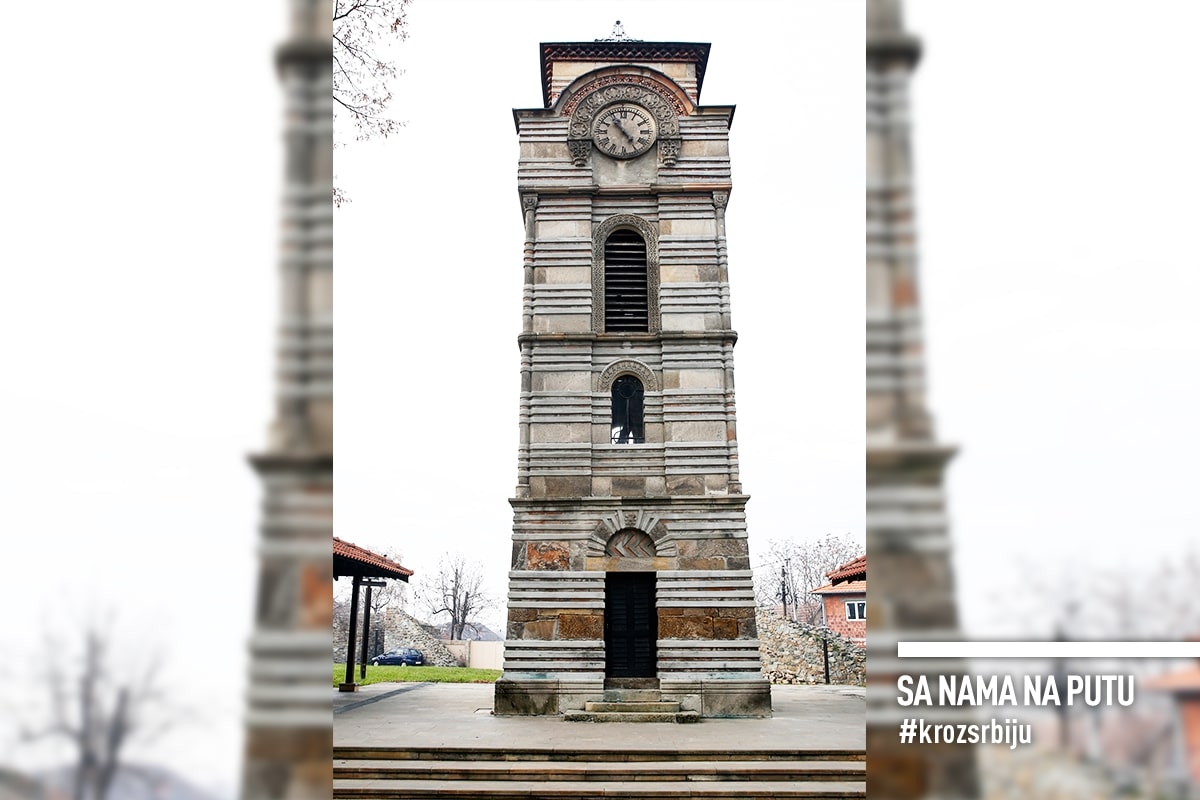“Not far away from Rasina and Jastrebac, yonder high…” the capital and the vital centre rests. Long ago it was. The history remembers it. Our memory has always been fleeting only. Though unjustly cast aside, it was never reproachful. It stands in adamant defence of its heritage. With minds and hearts of its citizens always looking southward, towards Serbia.
10 reasons to visit Kruševac
Why visit Kruševac?
1. Kruševac was a capital of the Serbian empire
Something Belgrade never was. The town was built by Lazar Hrebeljanović in 1371. In history books he is called a prince, for the people and the church, he is a saint. He made the town the capital of culture and economic centre of the then Serbian territories. It was named either after the pears (kruška) that grew abundantly or after the oval-shaped river pebbles (krušac) that were usedr to build Lazar’s palace and fortress. It was called Aladža Hisar – Šareni Grad. It did not serve as a capital for long. By 1405, though born in Kruševac, Lazar’s son, despot Stefan moved his “throne” to Belgrade.
But Lazar’s empire withstood the test of time. It is forever intertwined with Kosovo, Vidovdan and the most famous and most heroic battlefield. Alas, if only Lazar had ridden back from Gazimestan victorious…
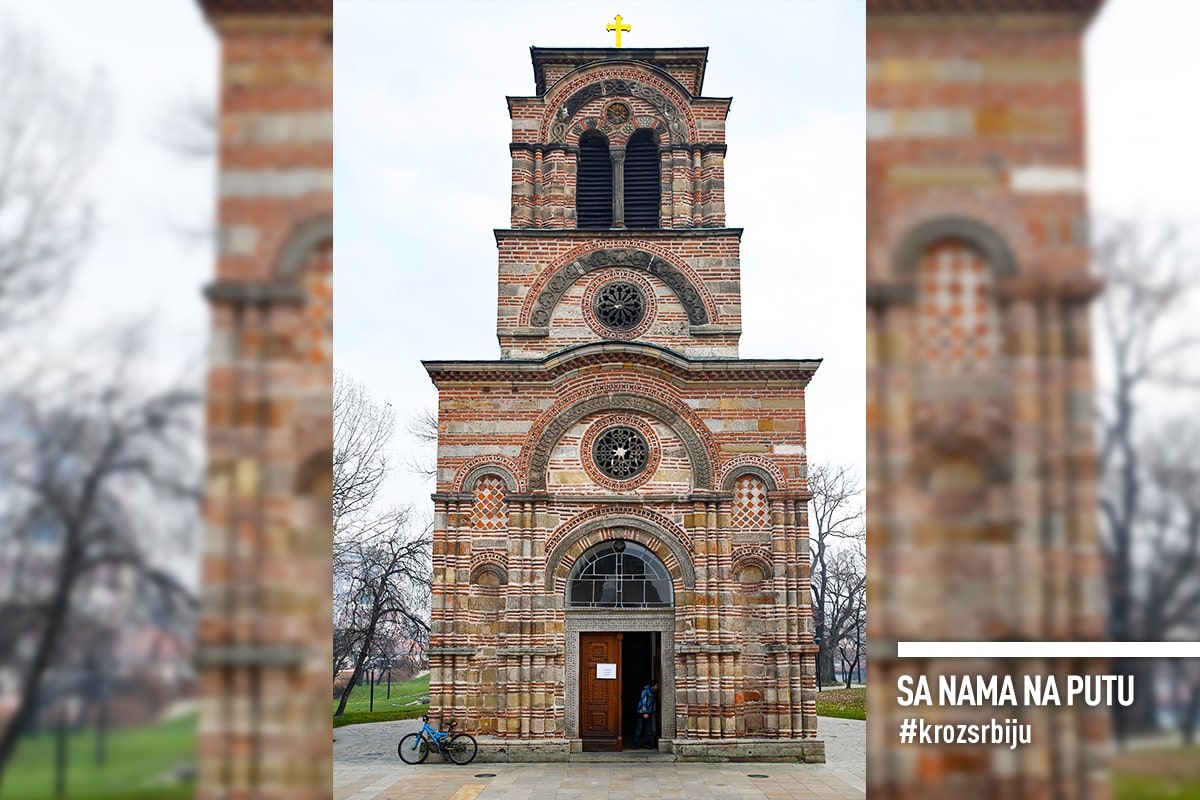
But the people of Kruševac modestly endured the hand dealt to them by destiny. People known throughout Serbia as “Čarapani”. A nickname that has no trace of offence. On the contrary. According to one legend, during the First Serbian Uprising, they took off their traditional soft leather shoes and stealthily, wearing only socks, (čarape) entered the city and overcame the Turks. Resourceful and eloquent people. According to another legend, the men from this area loved to wear beautiful long woven socks. They were trendy. Most likely, the nickname dates as far back as the time of Prince Lazar. The best and most skilful knights within the army, those who enjoyed the Prince’s deepest trust, made up his personal guard. To be distinguished from the rest of the army, they wore knee-high red socks. The red-sock army became known for their courage in the Battle for Kosovo. So the legend goes.
Today, men from the city of Čarapani no longer tread softly. Not in the least. Instead, they walk boisterously and proudly.
2. It was from Kruševac that the Serbian army marched into the Battle of Kosovo.
In the year 6897. Officially, in 1389. In terms of history, the nation’s most fatal defeat. In folk songs, the most famous Serbian battle. An epic one. Legendary. Lazar led his warriors from the fortress on the hillside straight to the battle to defend the country, race and faith. Once protected by double walls and high towers. Today, unfortunately, only ruined enclosure stands in its place. The best preserved element of the structure is the fortified tower – named Donžon kula. Parts of rampart walls are still there, along with a few stones that made the palace and the stable. Lazar’s city is the home of the National Museum that exhibits about 22 thousand pieces of art and history, photographs and documents. One of most interesting exhibits is the copy of Lazar’s garment and the original model of the Vidovdan Temple of Ivan Meštrović that was meant to be erected on the site of the Battle of Kosovo.
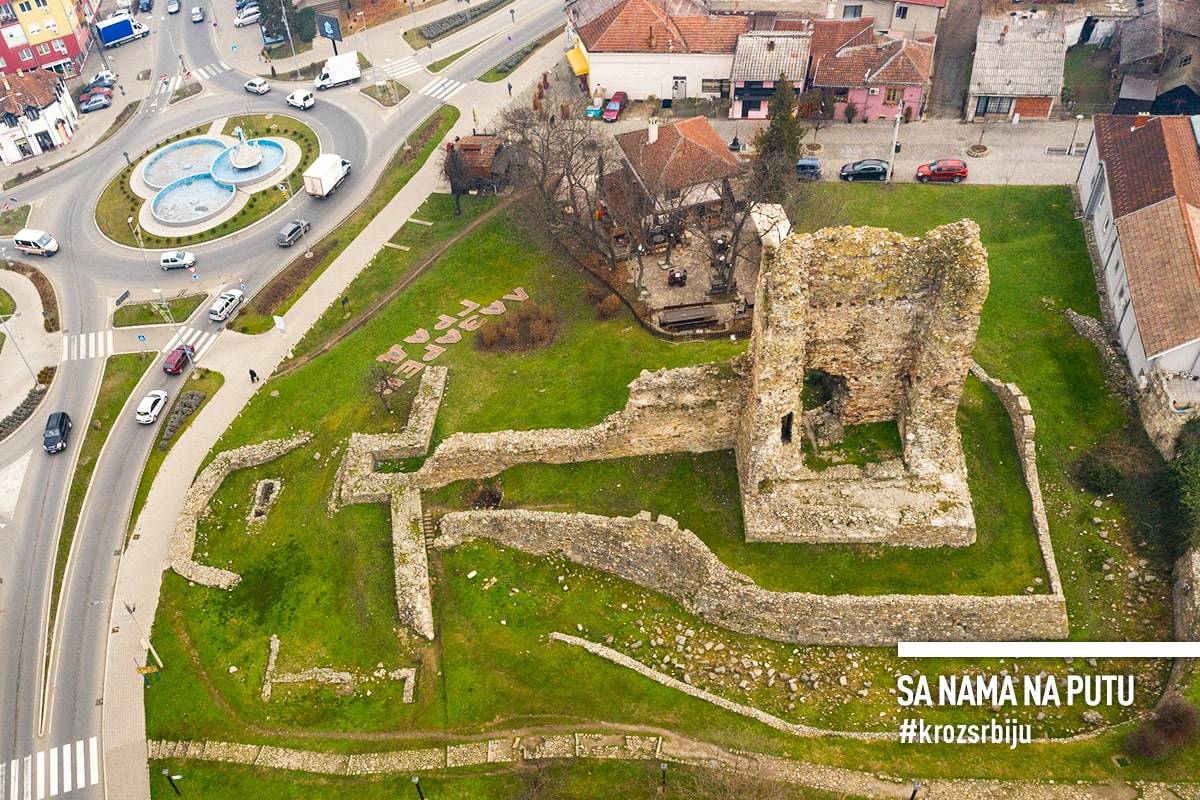
Thus Lazar was back home. Cast in bronze. He rules once more, with a sword on his lap. He watches over his city. Waiting for someone to come and restore it to its former glory.
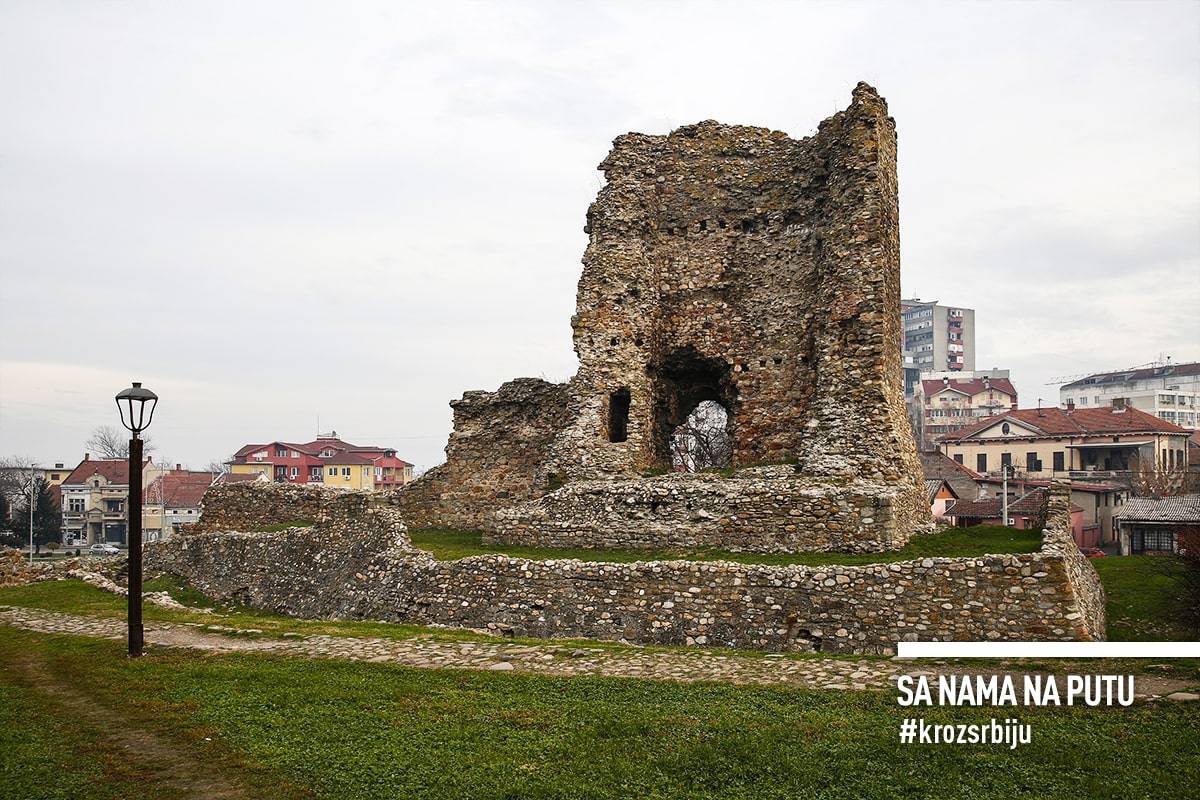
3. Lazarica church is a medieval beauty
It was built by Prince Lazar for his first-born son Stefan. It was dedicated to archdeacon Stefan, the protector of the Nemanjić dynasty. Originally called the Church of Holy First Martyr Stephan. But named Lazarica by the people. And the name stuck. The pearl of the Morava school. The shrine in which the immortal warriors for Kosovo took communion before heading for Gazimestan. Enough to enter eternity.

4. The legacy of Milić of Mačva is Serbian history painted on canvas
The building looks on the Lazarica Church. As requested by the benefactor. The greatest Serbian painter originally intended for the legacy to be exhibited in front of Gračanica Monestary, but the circumstances prevent it from happening. Instead, he decided to leave to Kruševac. He considered Kruševac a symbol of Kosovo. His legacy to Kruševac comprises 120 paintings depicting Serbian history from Stefan Nemanja to the modern age. With an emphasis on the Battle of Kosovo. Understandably so. Surreal colourful paintings. They invite you to experience, understand and take them all in. The painter’s imagination was richly inspired by the folk, collective consciousness of the fantastic, he used to say. Milić Stanković, widely known as Milić od Mačve. In his lifetime, he spoke thunderously and constantly. He does so still today. Through the works he left us. Extravagant, elusive character and an abundantly gifted painter and poet. He promised to come back again… two centuries later.
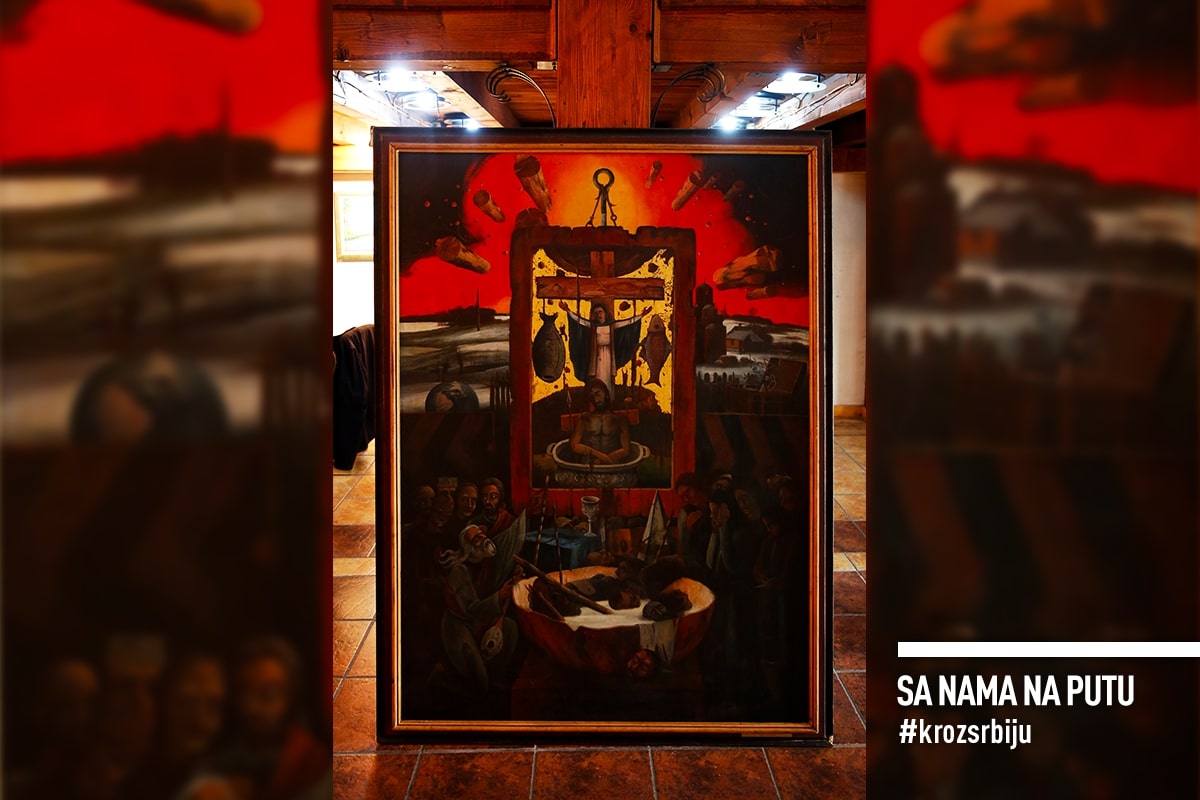
5. To take a walk through the “little” Serbia
The city has the same shape as the country itself. It boasts five “rivers”, ten “cities” and currently hosts about ten models of the holy Serbian places: Ravanica Lazareva, Mileševa and Gračanica Monasteries, Serbian Patriarchate of Peć, Visoki Dečani, Žiča and Studenica Monasteries and the Temple of Saint Sava… Most significant ones will be exhibited in the Serbian Miniature Themed Park. A new tourist attraction on Bagdala Hill. Splendid and refreshing. However, accompanying data about monastaries and their patrons are missing. In addition to great entertainment, they should also provide information for the benefit of visitors.
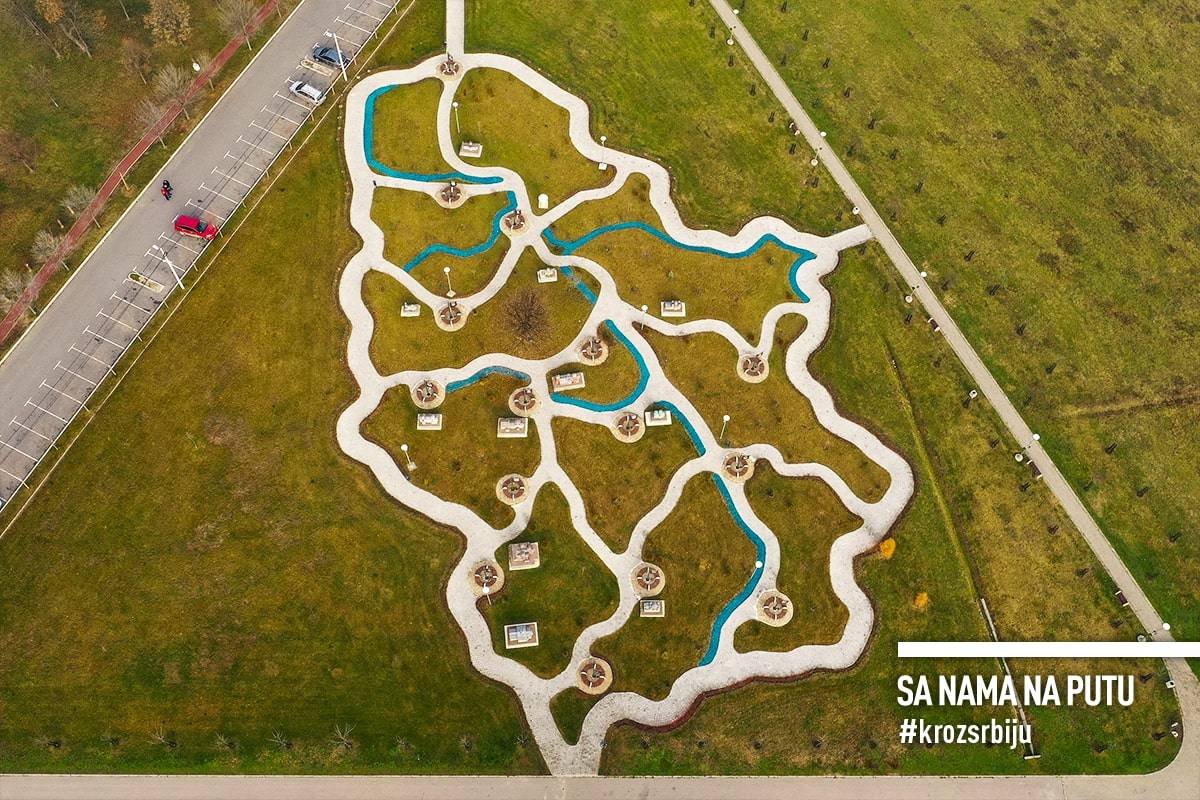
6. Because monuments testify to the nation’s history of suffering
For centuries, Kruševac has had to pay high price for its freedom. Very high price. Too high. And it repaid its debt to its defenders. More so than any other town in Serbia. On every corner, there is a monument to the fallen, slain and killed. The largest of them is the Monument to Kosovo Heroes. The symbol of this city. It was unveiled on Vidovdan 1904. An embodiment of Serbia. The Paris Exposition in 1900 awarded it the Golden Medal. It was a kind of tribute to the Princess Milica and despot Stefan – a rearing horse with a cross in his hand pointing towards Kosovo, as if to say that his “sin” of moving the throne to Belgrade is forgiven. There is the monument to the soldiers fallen between 1912 and 1918, the sculpture of “Mother Serbia and Mother Greece” – the symbol of friendship of the two nations and brotherhood with the island of Corfu. The memory of the patriots shot dead in the Second World War is cherish in the Slobodište Memorial Complex, situated on the slopes of Bagdala Hill which is also the home of the monument to the Fallen Solders, Policemen and Reserve Forces during 1991-1999. There’s a national flag flapping on the mast. Telling of the freedom hard earned in battle. Yes, there is a splendid view of the city from this green oasis. After all the wars and sacrifices gone by, the peace is priceless. And Kruševac is well aware of that. The city is a special monument to this awareness, thus joining other cities across the world that are heralds of peace. May this peace last forever.
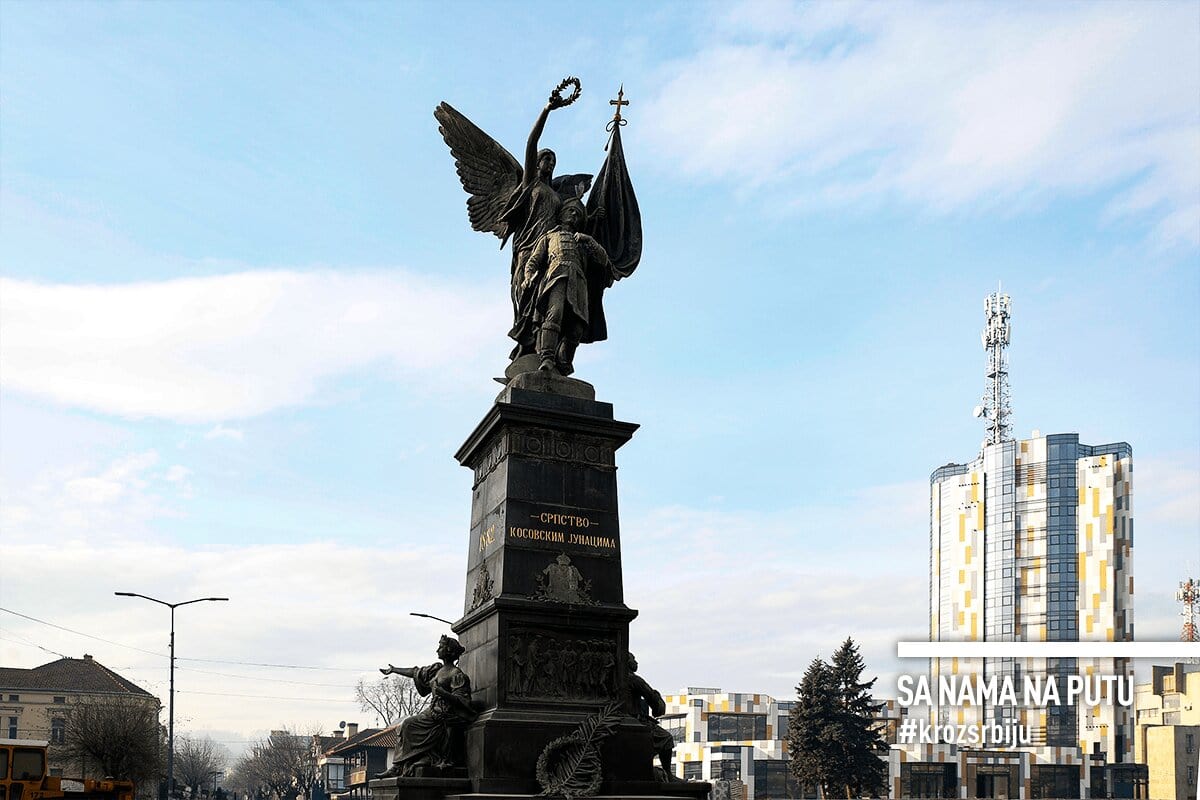
7. Kruševac gave birth to some of the best Serbian actors
An homage to the great Serbian actors born in Kruševac stands in front of the National Theatre. The busts of Čkalja, Đuza, Taško Načić, Bata Paskaljević, Milan Puzić, Radmila Savićević and Ljubinka Bobić await you there. With their photographs in the background. An unusual sight. Hat off to the one who created it. “The Actors’s Square”. Not to be missed!
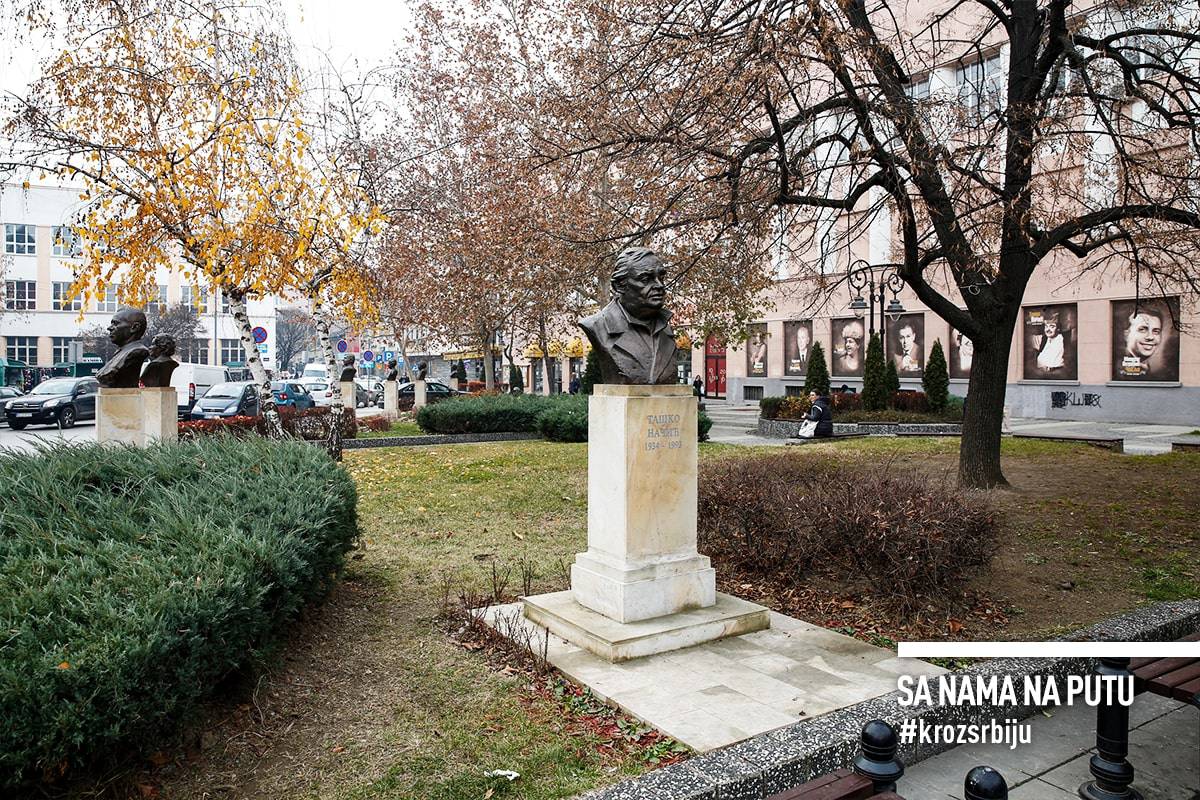
8. To vow before prince Lazar and despot Stefan
This vow must not be broken. If you’ve met the love of your life, head straight towards the City Hall. You can say your fateful “Yes” in the hall whose floors and walls are laid in mosaics inspired by folk poetry, legends and folklore dedicated to the Moravian Serbia. The presentations of the Prince Lazar and his son, Stefan, are striking. The vitrage windows and furniture modelled on church furniture give it a special charm. Along the way, the bust of the wisest head in Serbia, Njegoš, will “test your knowledge”. Dress appropriately and with style. So, good luck, newly weds!
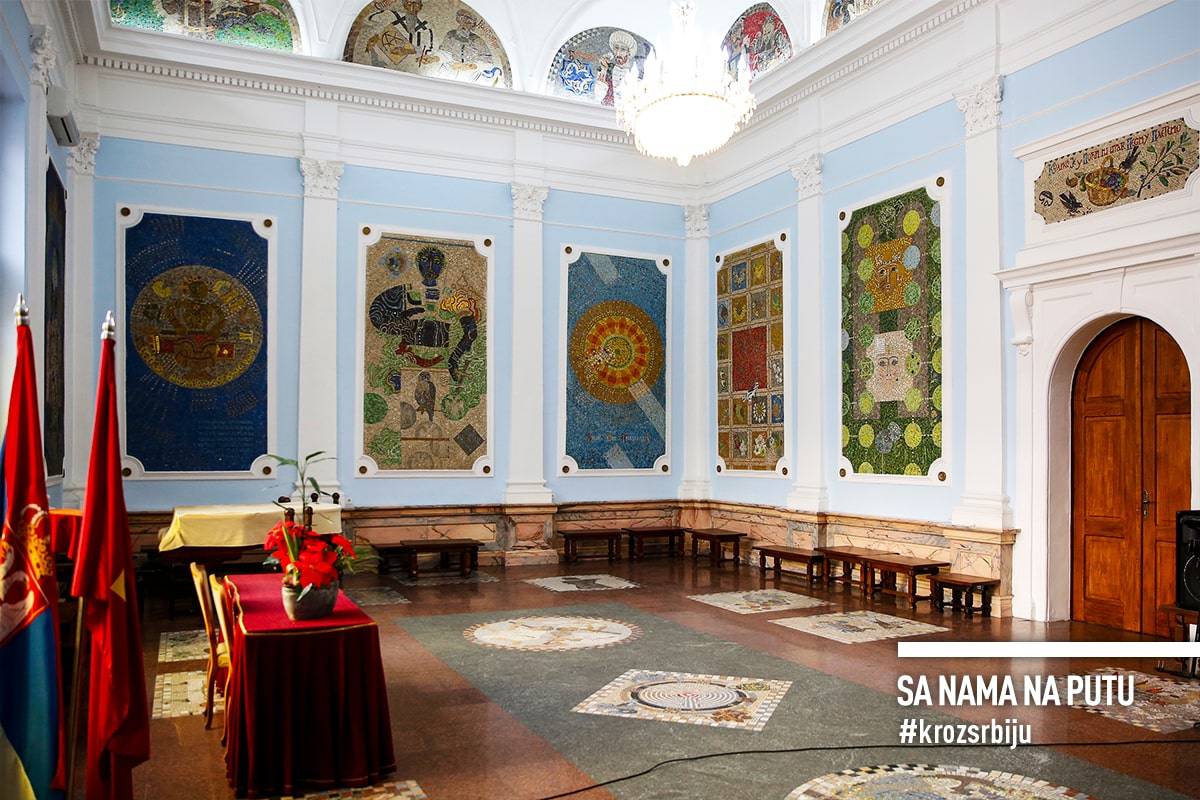
9. Because Kruševac offers meals fit for kings
There is a saying among our people: “Food supports strength” And we were definitely lacking it after an exciting walk through Kruševac. It seems there is no away around meat. As expected. We opted for Rasinski uštipak, mixed meat dish “Stara krčma”, the specialty and sour cabbage with hot pepper powder. The meat goes best with the bottle of a fine local wine. The restaurant offers roasted pork belly and, for true gourmets: veal tail, calf’s head in tripe and calf’s small intenstine. We couldn’t eat all of it but it restored our strength and then some.
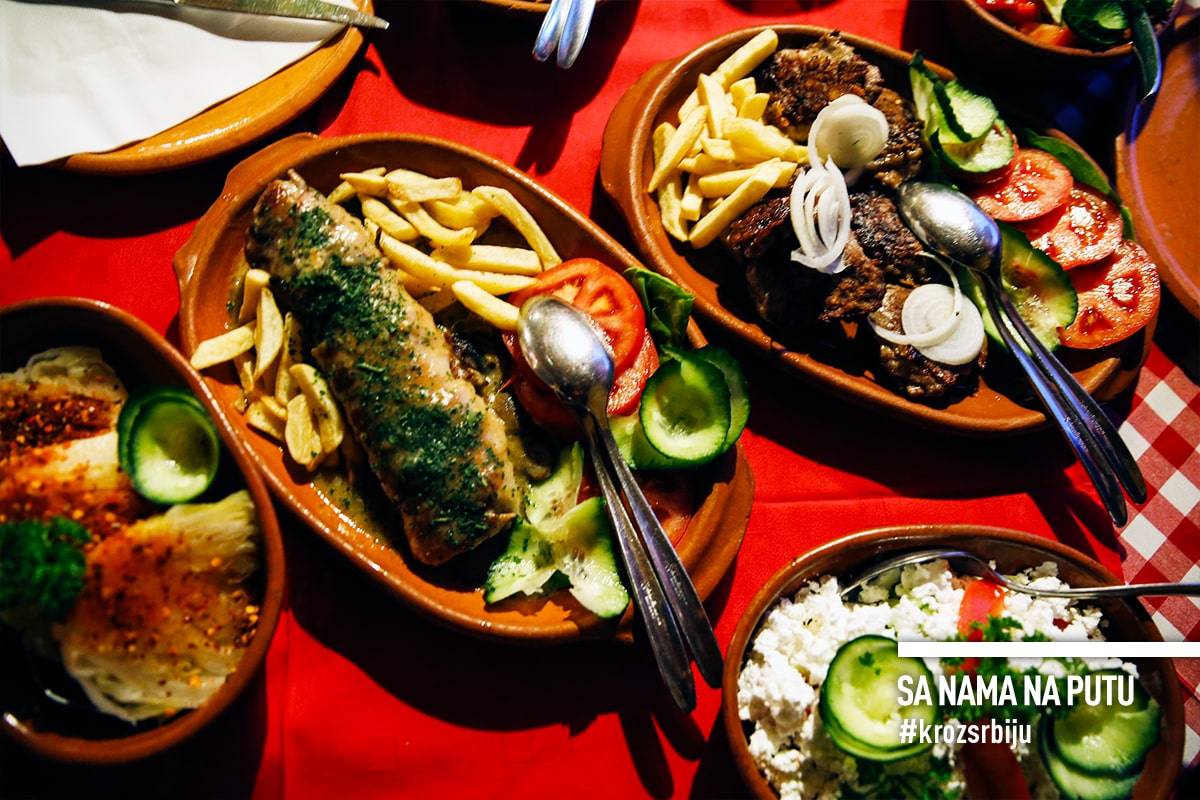
10. Because NIS Petrol and Gazprom offer you the opportunity to pay by using QR code
After a hearty meal, the last thing one needs are complex procedures, even if it concerns payment alone. This is why the option offered at NIS Petrol station near Kruševac to pay for fuel by using QR code came as a much welcome feature.
All you need to do is get Sa nama na putu mobile app, create QR code and show it to the seller. No doubt, a much smarter and simpler way to pay.
As it is, the wallet was in the car, resting from payments made in the restaurant.
